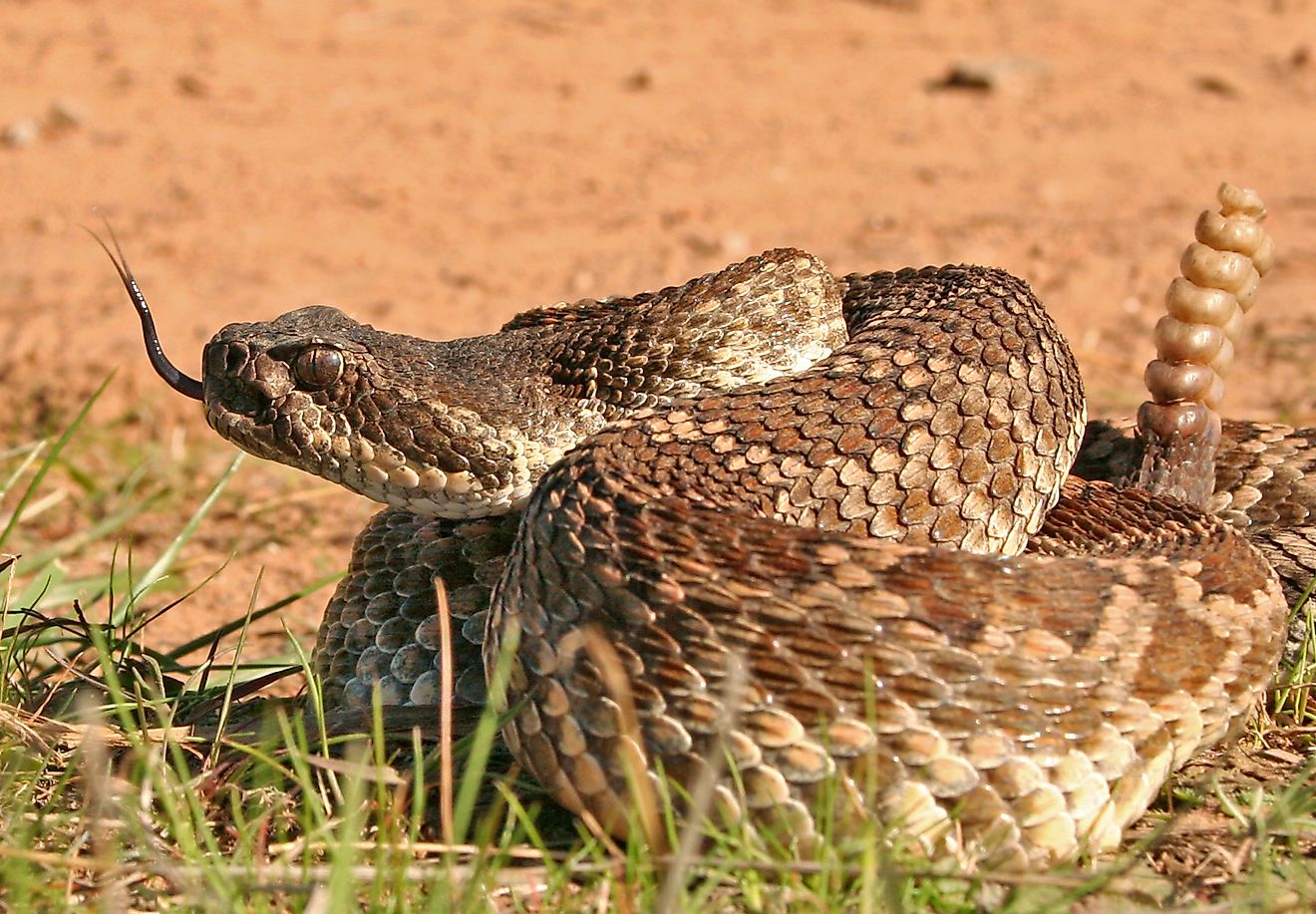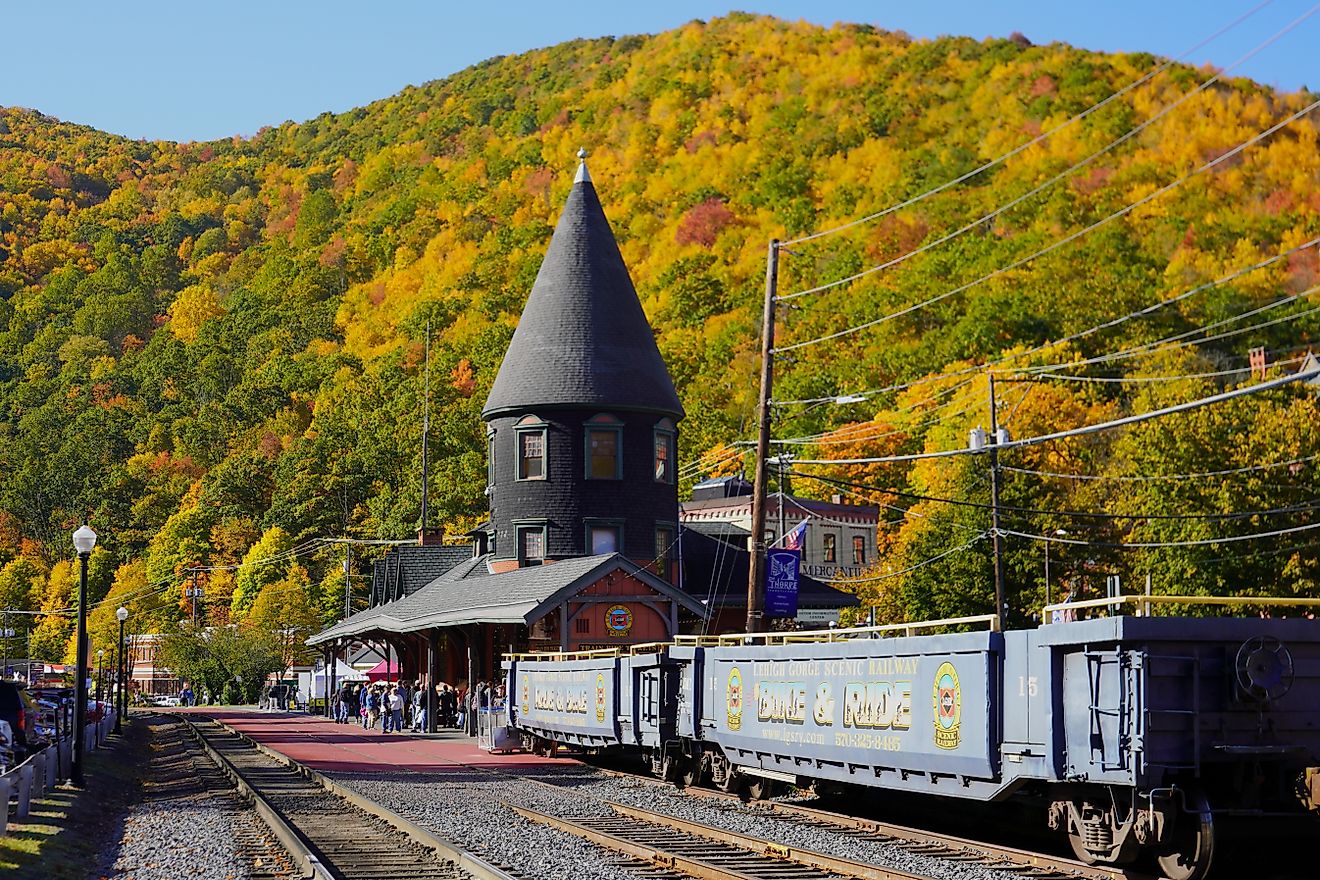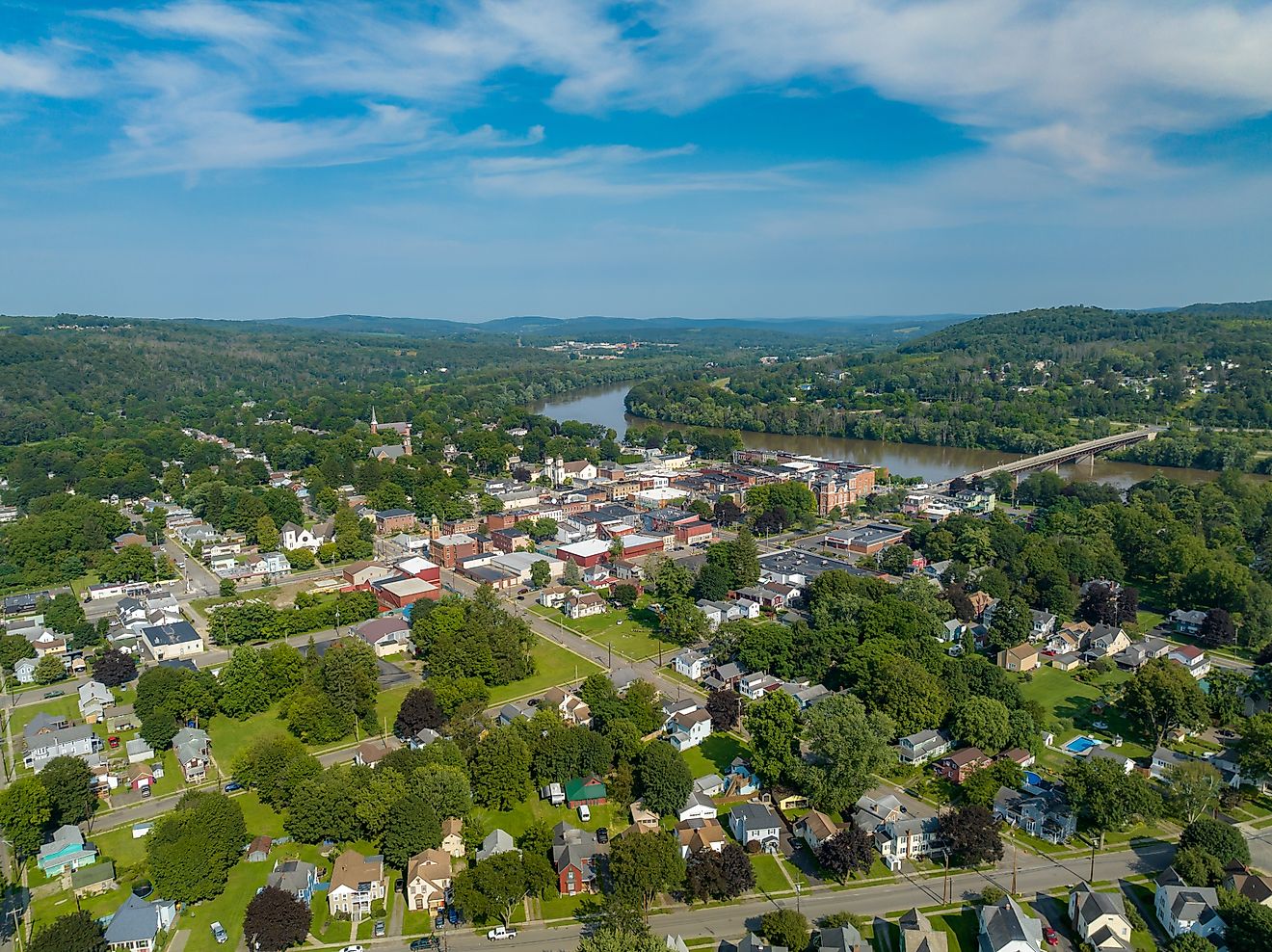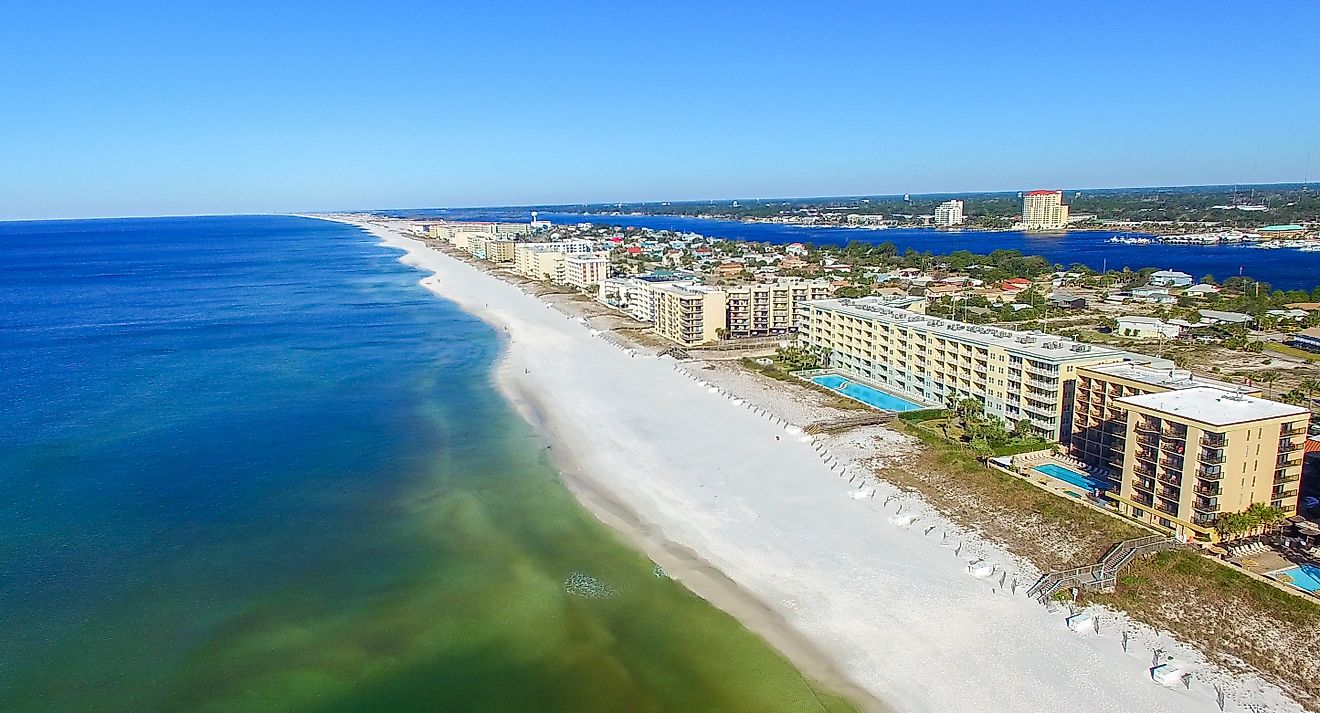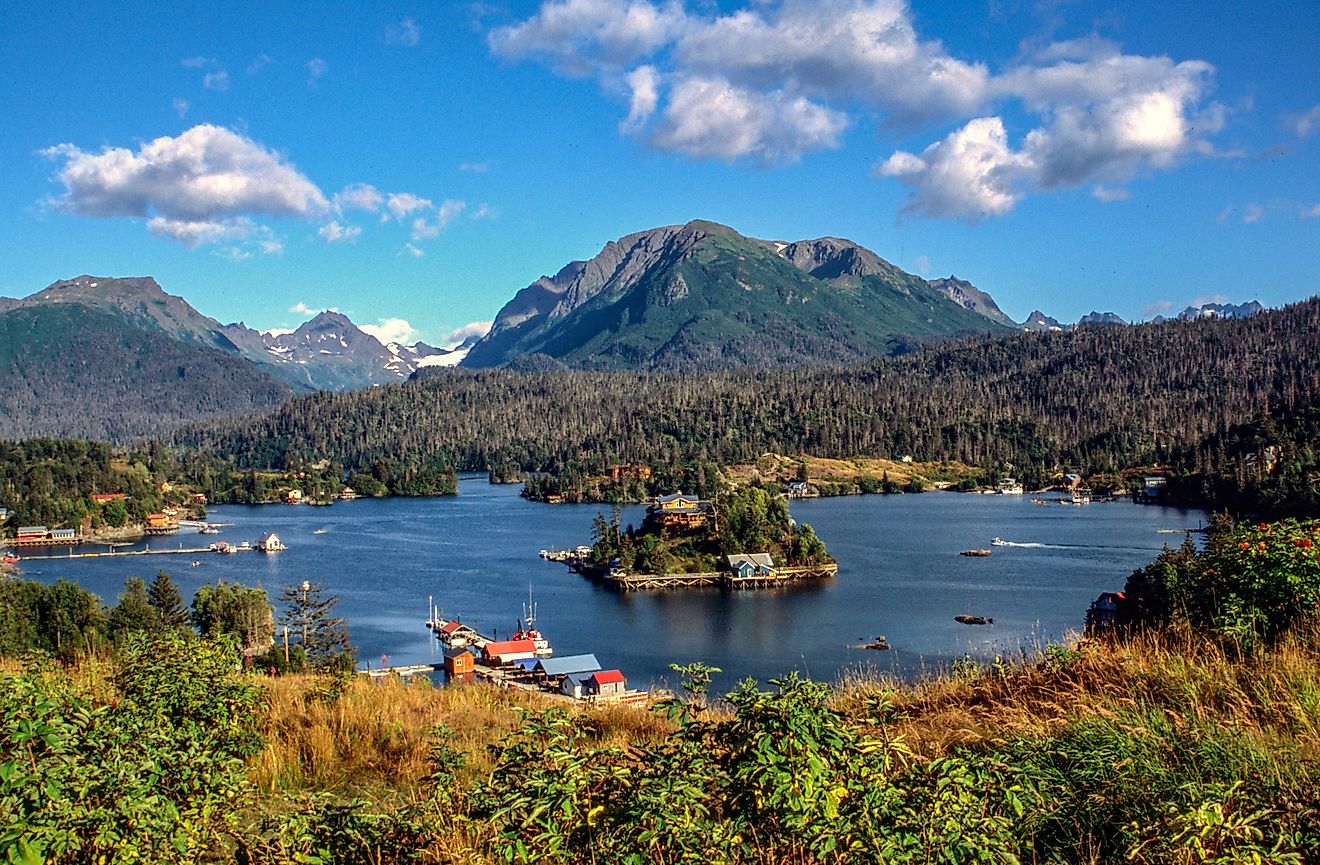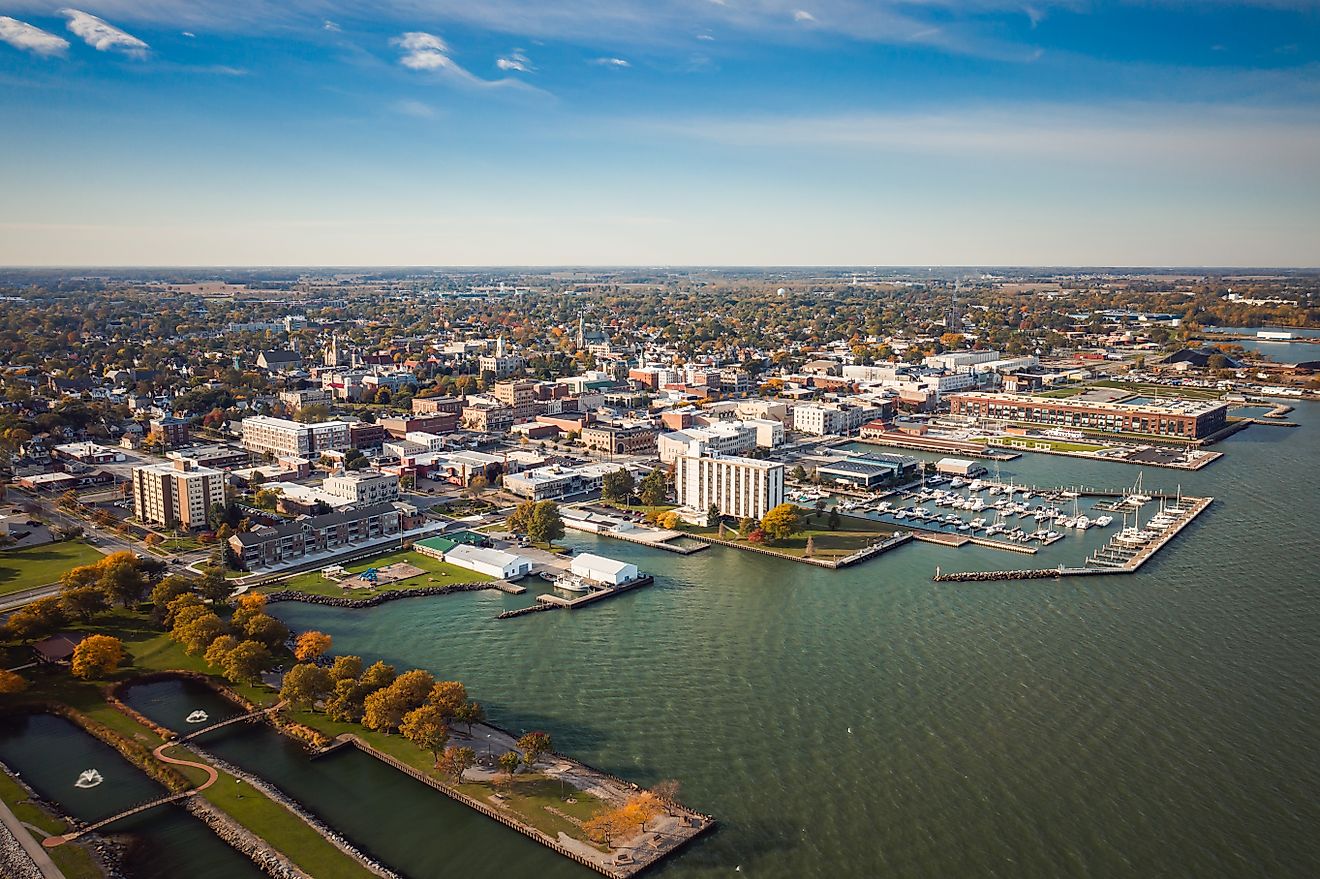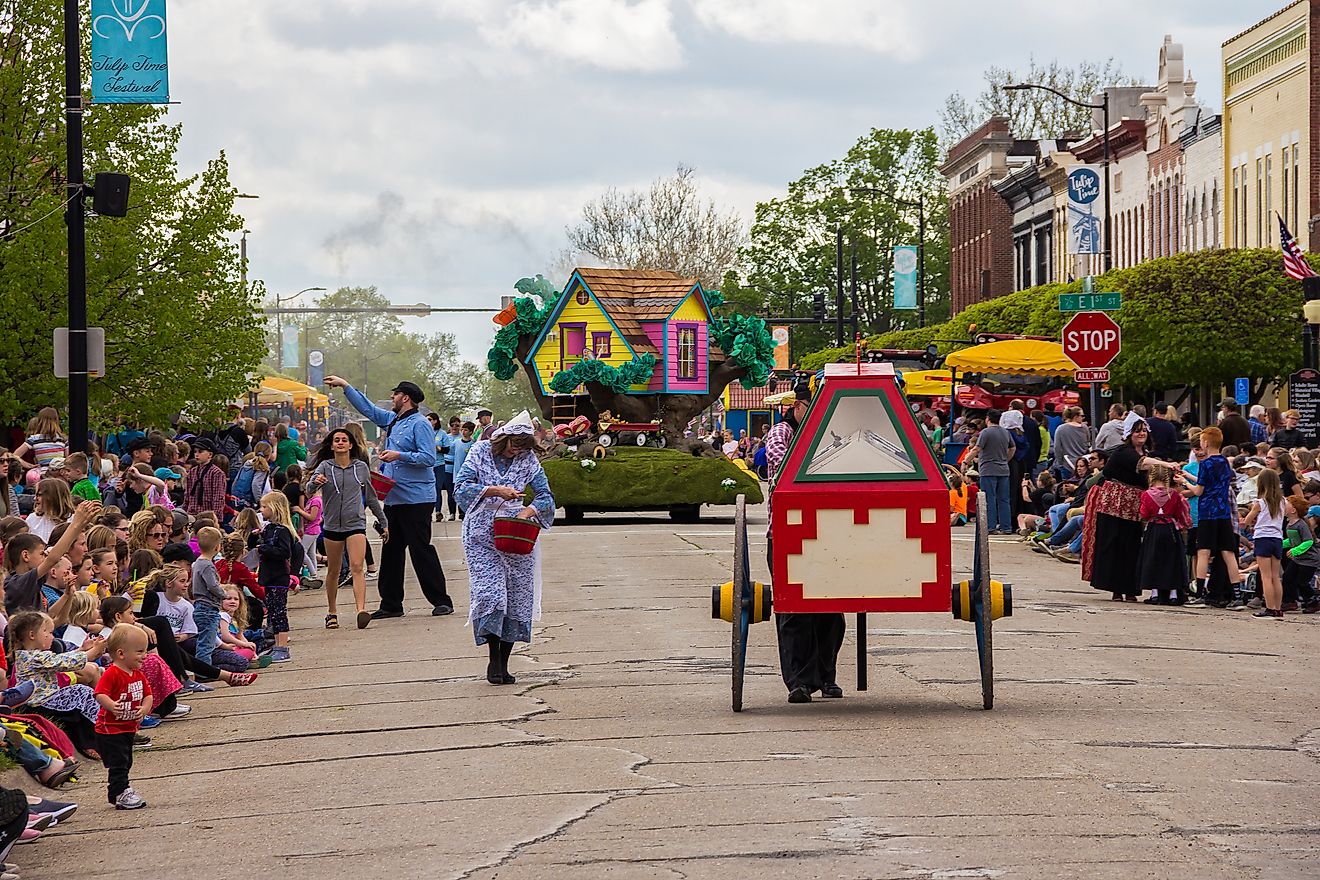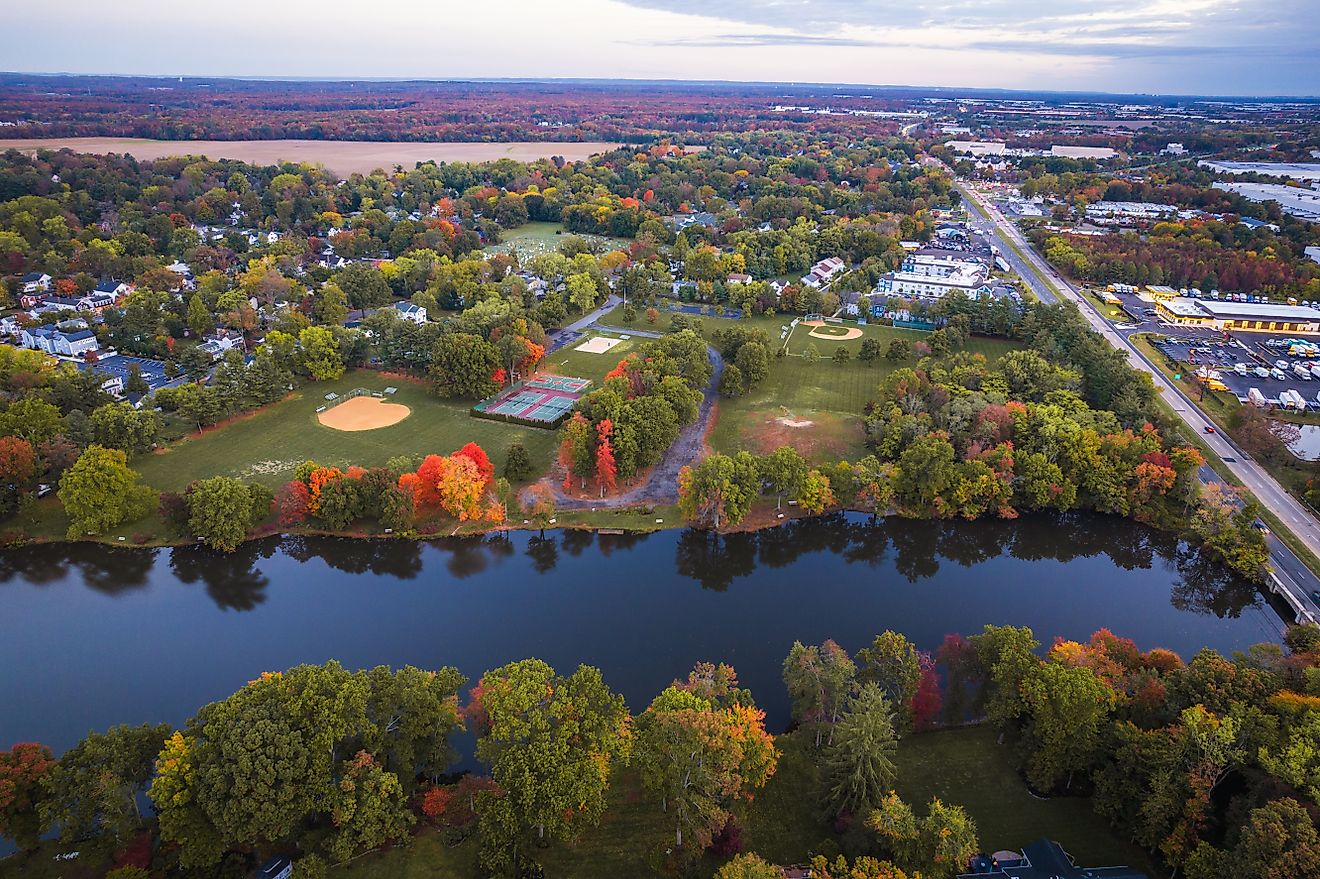
This Iowa Scenic Byway Is The Road Trip Of A Lifetime
Imagine a road that rises and falls like ocean waves, where every turn reveals sweeping prairies, forested bluffs, and hidden overlooks tucked into the hills. That road is the Loess Hills National Scenic Byway, a 220-mile route along Iowa’s western edge. As you drive, the landscape unfolds with ridges formed by windblown silt after the last Ice Age, deep valleys, and sunlit hillsides stretching for miles. Along the way, you’ll pass quiet towns, state parks, and nature preserves that showcase Iowa’s natural beauty and extended human history. Whether you stop for a hike, take in the view from a ridge, or simply enjoy the curves of the road, this byway is a journey to slow down and savor. Most of the route is paved and open year-round; however, some side loops feature Level B gravel roads that may be closed or difficult to navigate after rain or snow.
Day 1: The Northern Stretch
Start your journey in Westfield, near Iowa’s northern border, and follow Highway 12 south. Your first stop is Broken Kettle Grasslands Preserve, a vast prairie where hills ripple like frozen waves. As you walk the trails, tall grasses brush your legs, scattered oak trees provide shade, and wildflowers bloom in spring and summer. You may spot deer, wild turkeys, or songbirds as you explore. From the highest points, valleys open to distant fields, and on quiet mornings, the only sounds are birdsong and wind across the grass.
Next, head to Sioux City and explore the Lewis and Clark Interpretive Center, featuring interactive exhibits about the explorers’ journey along the Missouri River. Outside, the riverfront has walking paths and benches. From Sioux City, take Highway 141 southeast. Along the way, you'll see homesteads appear in small hollows, and oak-hickory forests line the hillsides. Every curve offers a new view of the layered landscape of the Loess Hills.
Afterward, take a detour to Preparation Canyon State Park near Moorhead, where you can hike through forested highlands and open prairie. Picnic areas offer scenic spots to enjoy a meal while taking in the surrounding hills and creek valleys. A few miles away, the Murray Hill Scenic Overlook near Little Sioux provides panoramic vistas of rolling slopes descending toward the Missouri River Valley, an ideal place for photography or a quiet pause.
In Missouri Valley, you’ll want to visit the Loess Hills Lavender Farm, where fragrant rows stretch toward the horizon in summer. While there, take a moment to browse the farm shop for a selection of handmade soaps, oils, and sachets. Next, continue onward south to Honey Creek, home to the Hitchcock Nature Center, where a 45-foot observation tower overlooks the Loess Hills and Missouri River Valley.
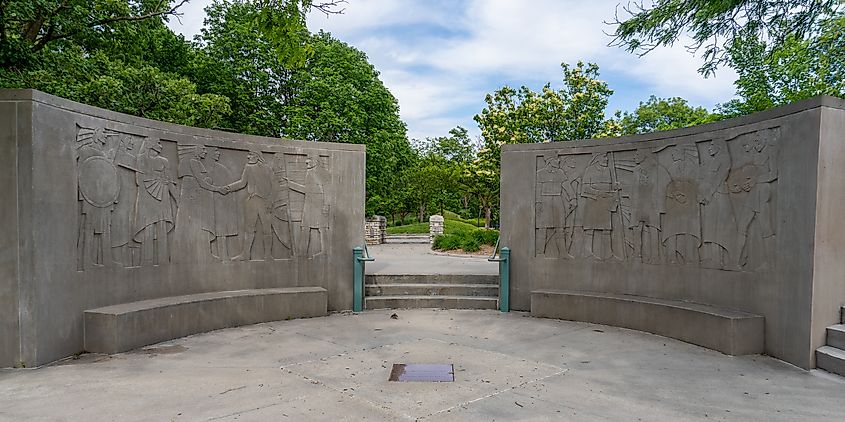
If you’re looking to extend your stay overnight, consider camping nearby or driving 20 minutes south to Council Bluffs, where you’ll find hotels, diners, and casual restaurants to make the most of your time there.
Day 2: Council Bluffs And Beyond
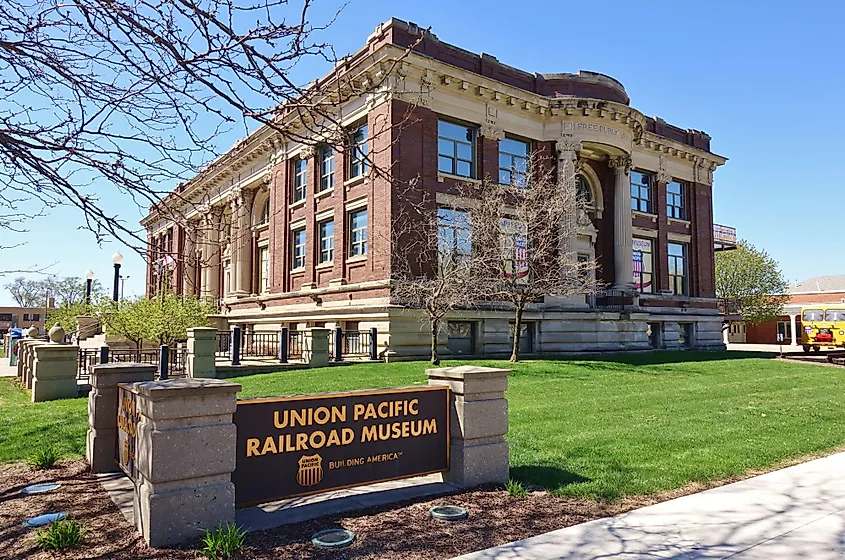
Begin your morning exploring Council Bluffs, a city with a rich railroad history. First, stop at the Union Pacific Railroad Museum and RailsWest Railroad Museum to see locomotives, historic photographs, and model railroads. Then visit the General Dodge House, a 19th-century Victorian home with period furnishings and exhibits about Civil War Gen. Grenville M. Dodge.
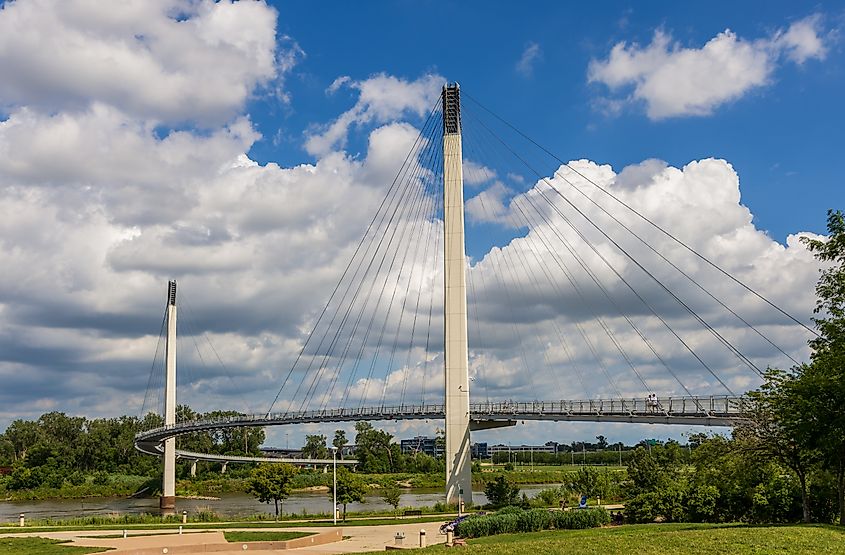
Downtown, murals, fountains, and sculptures add color to your walk, while Bayliss Park offers green space for a stroll or quiet rest. At Tom Hanafan’s River’s Edge Park, you can cross the pedestrian bridge over the Missouri River into Omaha, Nebraska, where river views, trees, and the skyline await. If time allows, visit the Henry Doorly Zoo, known for its indoor rainforest and expansive exhibits.
After exploring, return to Iowa or continue east along the Lincoln Highway National Scenic Byway, another popular Iowa route, to discover more historic and natural sites.
Day 3: Southern Loess Hills And Hidden Gems

On your final day, head into the southern Loess Hills, a quieter part of the region with sweeping ridges and secluded valleys. Near Hamburg, you can explore Waubonsie State Park, which spans nearly 2,000 acres. You’ll find trails ranging from short loops to longer hikes that climb ridges overlooking the Missouri River Valley. As you walk, you’ll pass oak forests, tallgrass prairie remnants, and flowing creeks, and you may spot deer, foxes, or migratory birds.
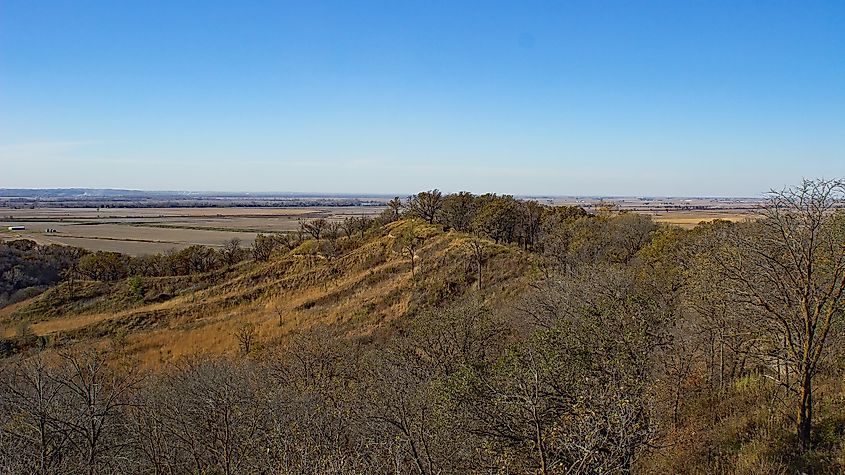
Next, visit Glenwood to explore remnants of the Glenwood culture. Walk among earth-lodge sites and archaeological areas. Informational plaques provide details about their construction, daily life, and social organization. Along the Loess Hills National Scenic Byway, overlooks and nature preserves invite you to stop among tallgrass and wildflowers, with rolling ridges and river views stretching across the horizon.
Exploring Iowa’s Most Iconic Byway
As you can see, the Loess Hills National Scenic Byway tells the story of western Iowa through its ridges, prairies, and people. From the windswept grasslands of Broken Kettle to the quiet overlooks near Pisgah and the historic town of Glenwood, each stop shows you a different side of the hills. Trails, parks, and scenic pullouts invite you to slow down and experience the land up close. Spanning 220 miles, the route links nature, history, and community, giving you a timeless connection between land and story along Iowa’s most iconic drives.
